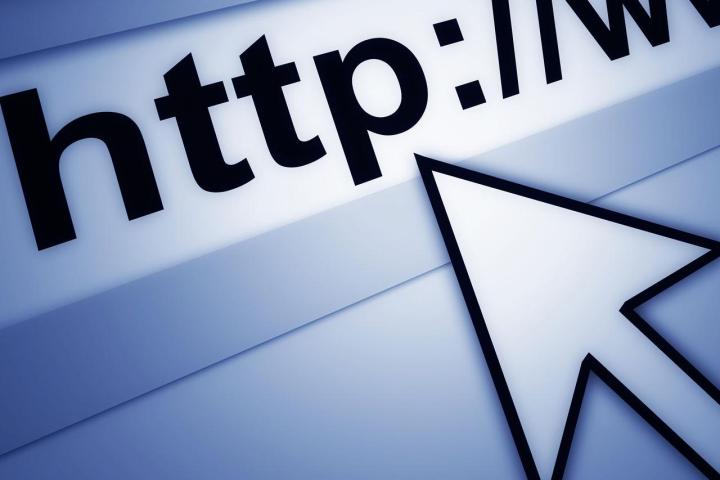
President Obama is expected to announce details of the program on Wednesday. ConnectHome will serve as a complementary program to ConnectEd, which seeks to bring 99 percent of K-12 academic institutions in the U.S. onto a high speed Internet network. This is particularly important, experts say, because homework and academic performance depends increasingly on having access to the Internet. Without the capability to go online, some disadvantaged students contribute to the “homework gap,” a term coined to note the fact that some 50 percent of low-income American children are unable to access the Internet from their homes.
In a Google Fiber blog post about the new program, Erica Swanson, Google Fiber’s Head of Community Impact wrote, “The web is where we go to connect with people, learn new subjects, and find opportunities for personal and economic growth. But not everyone benefits from all the web has to offer.” In fact, according to Google statistics, 26 percent of households earning less than $30,000 per year don’t access the Internet, whereas only 3 percent of those making over $75,000 lack regular online access.
To ensure that individuals are able to make the most of their newfound connectivity, Google has promised to invest in a suite of additional resources that will allow users to “understand why [the Internet] matters and know how to use it.” As such, ConnectHome will also involve “local community groups to develop basic computer skills training and create computer labs to host these trainings in each of [Google’s] Fiber markets.”
Today, Google Fiber is available in Kansas City, Kansas; Austin, Texas; and Provo, Utah. Other areas on the roadmap include Atlanta, Georgia; Charlotte and Raleigh-Durham, North Carolina; Nashville, Tennessee; Salt Lake City, Utah; Phoenix, Arizona; Portland, Oregon; San Antonio, Texas; and San Jose, California, but the company promises that ConnectHome will be made available in all future markets as well.
So look out, homework gap. Google is coming for you.


